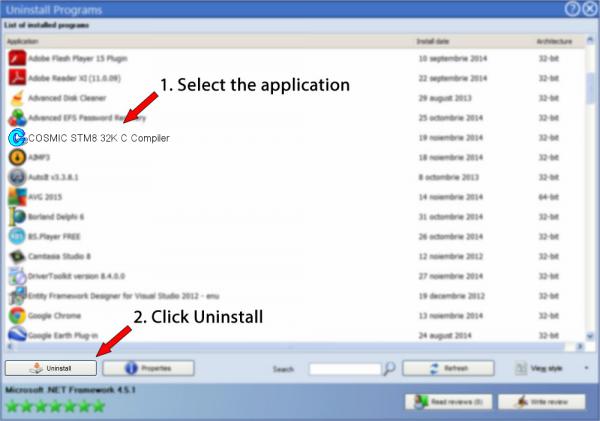
Raisonance has Ride7, but it only works with their expensive RLink debugger. It can hook into Cosmic or Raisonance STM8 compilers, and provides project management, a text editor, and integrated debugging. There’s other IDE options out there, but I can’t comfortably recommend any of them.

STVD - ST Visual Develop - is the official (and free) IDE for the STM8 microcontroller. The STM8 manages these trade-offs in an efficient manner. This is the only architecture in this round-up that has this level of granularity - all the other chips are either RISC-style processors that have lots of general-purpose registers they do their work in, or 8051-style CISC parts that manipulate RAM directly - but pay a severe penalty when hitting 16-bit address space. There’s three “reaches” for addressing - short (one-byte), long (two-byte), and extended (three-byte) - trading off memory area with performance. The claim to fame of the core is its comprehensive list of 20 addressing modes, including indexed indirect addressing and stack-pointer-relative modes. There’s a 32-bit-wide program memory bus which can fetch most instructions in a single cycle - and pipelined fetch/decode/execute operations permit many instructions to execute in a single cycle. The STM8 has a Harvard architecture, but uses a unified address space. The STM8 core has six CPU registers: a single accumulator, two index registers, a 24-bit program counter, a 16-bit stack pointer, and a condition register.


I recently spent 72 Yuan (~$11) on 50 of the most famous STM8 part: the STM8S003F3P6. ST has been dumping the STM8 in the Chinese market, so it’s one of the cheapest general-purpose microcontroller you can buy these days (and that includes parts from STC and Holtek - two staples found in low-cost products made in China). There are three families - the “S” mainstream line, the “A” atomotive line, and the “L” low-power line. The STM8 is ST’s family of 8-bit microcontrollers.


 0 kommentar(er)
0 kommentar(er)
